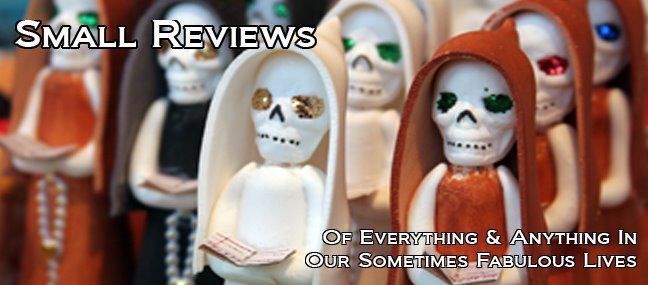
Last night, I went to a lecture on
Charles B.J. Snyder at the MidManhattan Library. The lecture itself was interesting, and the speaker, Jean Arrington, was well-versed in his architecture and seemed like a genuinely nice person (at one point, she put up a picture of her high school, the design of which was inspired by one of Snyder's buildings). Snyder was the Superintendent of School Buildings in New York City from 1891 to 1923, and he built more than 400 public schools in this time.
His designs were the first to focus on the comfort of children and work around new pedagogies, and they let in more light and air than typical schools of the time, as well as giving outside spaces like courtyards and rooftop playgrounds. His buildings were also the first schools to be completely fireproofed. There were some lovely pictures of the buildings, including one particularly charming 8-room schoolhouse on Statan Island that has been demolished. Of his buildings still extant, a large number are still being used as schools, and the buildings brought in a new era of school design.

One thing I would have liked Arrington to have focused on a little more in depth was the effect of the buildings on pedagogy, and vice versa. I don't often think of space as it relates to theory, but really, what has more of an effect on us than our environment? The lecture did inspire me to check out Jacob Riis's books, which I read an awful lot about in high school, but have never truly inspected. I'll be heading back to the MidManhattan Library after work to do so.
A brief note on that: It's not my favorite library, because the building looks like it's stuck in the 1970s and the lectures there are always filled with crazies who use the Q&A time to discuss their own "political agendas" or do annoying things like smack their lips over and over through the hour-long presentation (seriously, I almost killed that guy last night) and the lines are enormous. I much prefer the main library, because the architecture is gorgeous and reading room is quiet and they have interesting exhibits that somehow don't attract the same crazies that frequent the MidManhattan. However, they do have circulating books that cover the topics I enjoy, and much more frequent evening lectures, so I seem to end up there time and time again.
